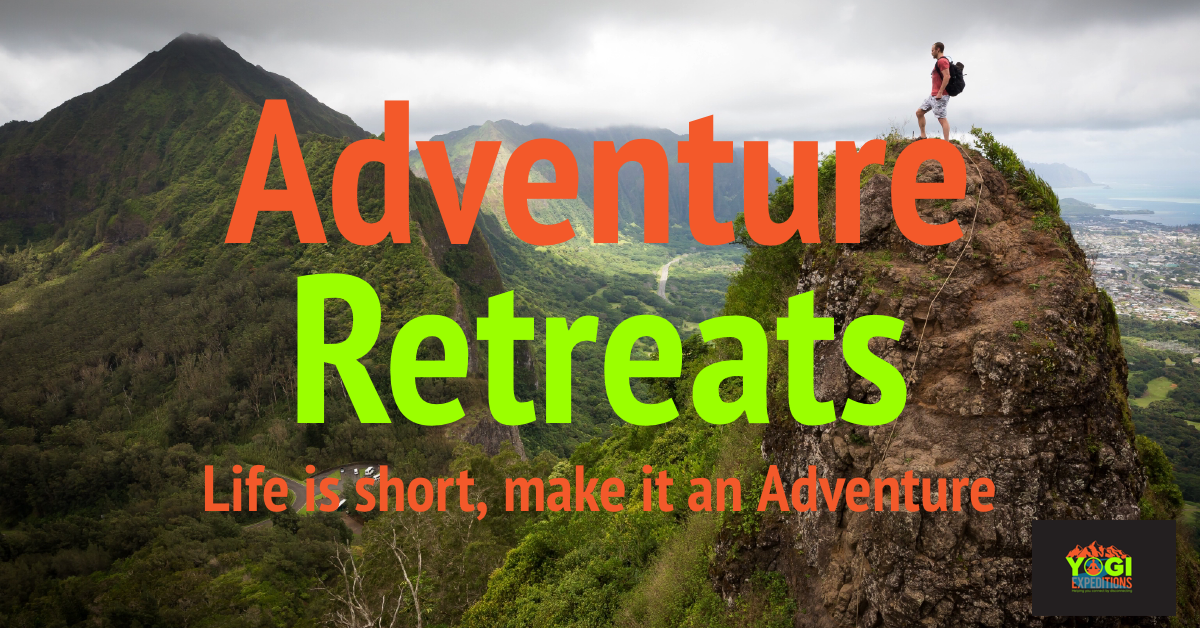Training Guides to Deliver More Than Just a Tour
- Shannon Peffley

- Sep 25
- 4 min read

In the outdoor adventure industry, your guides are the heartbeat of your business. They’re not only responsible for logistics, safety, and schedules — they are the difference between a guest who remembers “a fun trip” and one who leaves transformed.
That’s why guide training can’t stop at technical skills. It needs to go deeper, blending safety, service, and storytelling into a framework that builds trust, sparks connection, and leaves guests eager to return.
In this post, we’ll explore what comprehensive guide training really means, the skills that matter most, and how investing in your people creates ripple effects across your business.
Beyond the Basics: Why Training Matters
Too often, operators think of training only in terms of certifications — CPR, water rescue, belay checks, boating licenses. These are essential, yes, but they’re table stakes. They don’t create raving fans.
What sets a guide apart is how they make guests feel. Guests want to feel safe and seen. They want to know they’re in capable hands while also experiencing a sense of belonging and discovery.
Strong training programs:
Reduce liability and risk. A well-prepared guide prevents accidents before they happen.
Boost guest satisfaction. Trained guides know how to read a group, adapt on the fly, and create moments of magic.
Retain talent. When guides feel invested in, they stick around. High turnover is costly.
Elevate brand reputation. Every guest experience is a reflection of your company’s standards.
The Three Pillars of Guide Training
We like to break effective guide training into three pillars: Safety, Service, and
Storytelling. Each plays a vital role in shaping guest experiences.
1. Safety: The Foundation of Trust
No transformation or fun can happen if guests don’t feel safe. This goes beyond certifications to include:
Situational awareness. Guides must constantly scan conditions — weather, terrain, guest behavior.
Decision-making under pressure. Training should include scenarios where guides practice responding calmly to surprises.
Preventive coaching. Teaching guests what not to do before it becomes a hazard.
Confidence in communication. Being able to deliver instructions clearly and firmly while keeping the mood positive.
Safety training isn’t just about preventing emergencies. It’s about cultivating trust — so guests relax enough to enjoy themselves.
2. Service: Turning Logistics into Hospitality
Adventure operators often overlook service training, but it’s what makes the difference between a guide and a host.
Key elements include:
Guest communication. Training guides to connect with guests before the trip (introductions, answering questions, setting expectations).
Emotional intelligence. Reading body language, noticing when someone feels left out, adjusting pace for different abilities.
Problem-solving with grace. Whether it’s a broken paddle or a nervous first-time hiker, guides need to resolve issues without creating stress.
Inclusivity and empathy. Every guest should feel welcome — regardless of skill, background, or confidence level.
Hospitality training ensures guests feel cared for, not just managed.
3. Storytelling: Creating Meaningful Moments
The final layer is what elevates a trip from “nice day outdoors” to “life-changing experience.”
Storytelling training teaches guides how to:
Share local legends, history, and culture in ways that add depth.
Frame experiences with intentional pauses (“This view has been a place of reflection for centuries. What does it mean to you right now?”).
Encourage guest participation — letting them share their stories, reflections, or “firsts.”
Use storytelling to tie the day together, so guests leave with a narrative they’ll repeat to others.
A good story makes guests feel like heroes of their own adventure.
Building a Guide Training Program
So, how do you put these pillars into practice? Here’s a framework to follow:
Initial Training Program (onboarding)
Safety certifications (required by your activity/region).
Service modules: communication, hospitality basics, cultural sensitivity.
Storytelling exercises: learning local history, practicing delivery, role-playing scenarios.
Ongoing Training (monthly/quarterly)
Scenario drills (emergency simulations, guest conflict role-plays).
Peer shadowing and feedback.
Guest review analysis — learning from real experiences.
Empowerment & Autonomy
Encourage guides to develop their own unique “signature moments.”
Give them space to bring personality into the guest journey.
Recognize and reward creative approaches.
Leadership Development
Train senior guides to mentor new hires.
Create pathways for career growth so they see this as more than a seasonal job.
A Culture of Training = A Culture of Excellence
Training is not a one-time box to check. It’s a culture. When operators prioritize continuous development, guides feel valued, guests feel safe, and the business thrives.
Think about the ripple effect:
Guests become storytellers, not just customers.
Guides become leaders, not just employees.
Your brand becomes a trusted name, not just another option.
Closing Thought
Adventure hospitality is about so much more than running trips. It’s about guiding people into moments of connection, discovery, and growth. Your guides are the vessel for that transformation — and they deserve training that equips them to deliver.
When you invest in your guides, you’re not just teaching them skills. You’re teaching them how to create memories that will outlast the trip itself. And that’s the kind of impact no competitor can replicate.
Shannon Peffley



Comments